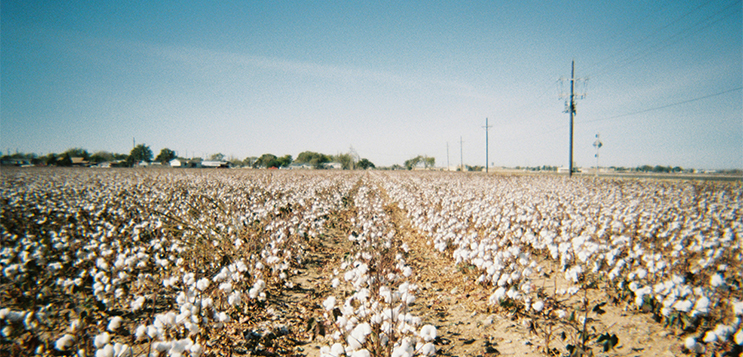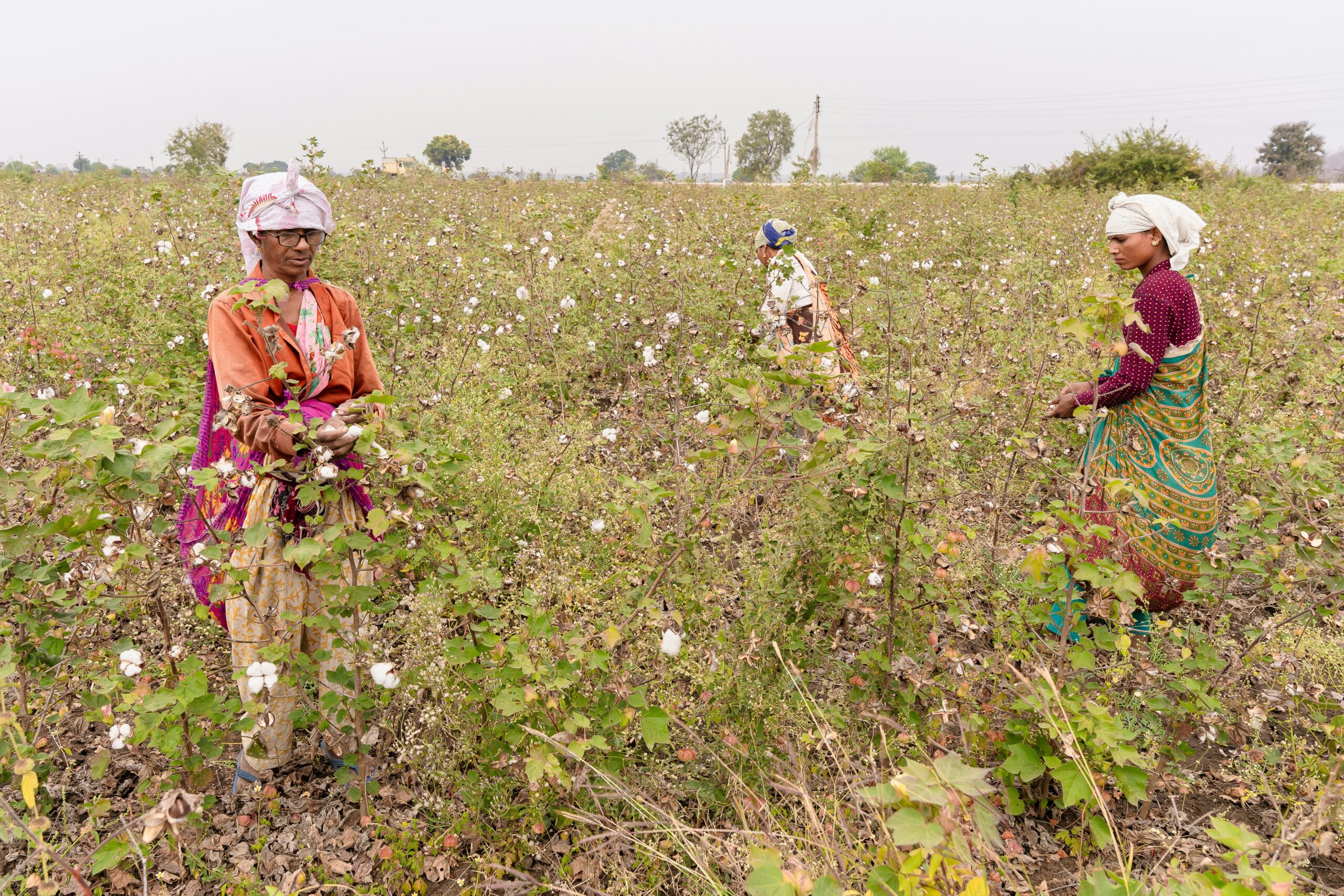
The EU’s Green Deal boldly heralds an era of sustainability across industries. Yet, while it positions itself as a global benchmark, the irony cannot be ignored. For decades, Europe was content to import cotton and textiles from India without questioning how they were produced. The environmental costs, groundwater depletion, pesticide overuse, and chemical runoff were conveniently externalised to the Global South.
Now, with the Green Deal, the very nations that once facilitated Europe’s consumption are being asked to bear the burden of compliance. For smallholder farmers in India, this sudden demand risks becoming a non-negotiable tariff barrier cloaked in green ambition.
Why the EU Green Deal targets the water used in cotton agriculture
The EU’s Strategy for Sustainable and Circular Textiles targets the textile industry as a high-impact sector, ranking third in water use and fifth in greenhouse gas emissions across its entire lifecycle. For exports to Europe, water efficiency is becoming a non-negotiable standard. Traceability tools like the Digital Product Passport (DPP) are set to record water consumption from farm to finished garment.
Indian cotton exporters will soon face the pressure to demonstrate water efficiency across their supply chains. It is a standard that, at present, remains largely out of reach. In the absence of credible, traceable data, access to the lucrative EU market is poised to contract sharply. Thus, putting significant pressure on exporters to adapt or risk exclusion.
What is the scale of the challenge that the cotton industry faces?
India’s cotton story is both impressive and troubling. Our country cultivates 40% of the world’s cotton acreage. Yet it also records the highest blue water footprint in cotton production. Producing a single kilogram of cotton lint consumes about 22,500 litres of water. That is more than twice the global average of 10,000 to 12,000 litres.
This excessive water use is the direct result of entrenched flood irrigation practices, a pervasive dependence on free or subsidised electric pumps, and chronically underdeveloped irrigation infrastructure throughout India’s primary cotton-producing regions. These systemic inefficiencies are critical vulnerabilities that threaten the long-term competitiveness of Indian cotton on the global stage.
The rapid groundwater depletion is also a ticking time bomb. In regions such as Vidarbha and Marathwada in Maharashtra, cotton farming is almost entirely dependent on groundwater resources. In Amravati, groundwater extraction exceeds 90% of available reserves. Jalgaon is close behind at nearly 79%, with Aurangabad at 72%. Across the top five cotton-producing districts in Maharashtra, 93% of irrigation water comes from groundwater, and 1 in 10 groundwater assessment units is classified as “critical” or “overexploited.”
Cotton farming in India is also vulnerable to erratic rainfall patterns. In Vidarbha, rainfall over the last decade has been 14% lower than in the 1980s. When monsoons fail, farmers turn to the very groundwater that is already depleted, intensifying the problem of depletion.
To make things worse, cotton farming’s heavy reliance on chemical pesticides adds another layer to the sustainability challenge. India accounts for approximately 50% of the global cotton pesticide use. with many farms applying chemicals at levels far exceeding recommended guidelines. This runoff contaminates rivers, ponds, and groundwater, damaging aquatic ecosystems. It also affects the quality of drinking water in rural communities.
In Maharashtra’s cotton belt, studies have detected pesticide residues in both surface and groundwater, posing health risks to humans and livestock. Under the EU Green Deal, such chemical contamination could significantly impact sustainability assessments, making it even more challenging for exporters to meet the benchmarks.

Meeting compliance standards is tricky for the cotton industry
The Digital Product Passport (DPP), mandated by the European Green Deal, is intended to ensure verifiable data on water consumption across agricultural supply chains. But while the principle is sound, the implementation raises difficult questions. Europe’s appetite for cheap Indian cotton long depended on undocumented smallholder production.
To now insist on complete traceability, without offering resources, financing, or transition support, appears less like a sustainability imperative and more like a shifting of responsibility. Unless Europe acknowledges this asymmetry, the DPP risks excluding farmers simply because they cannot produce the paperwork to prove compliance.
Will Indian cotton ever become sustainable?
Drip irrigation, drought-tolerant varieties, and soil moisture monitoring are often cited as silver bullets for Indian cotton. Indeed, drip systems can save up to 45% of water and boost yields dramatically. In addition, research by the Indian Council of Agricultural Research (ICAR) and the Central Institute for Cotton Research (CICR) has produced promising low-water varieties.
Yet the reality is sobering. Adoption remains in the low double digits, and seed availability is inconsistent. Many farmers cannot afford even subsidised systems without long-term credit support. In practice, these solutions remain pilot projects, concentrated in a handful of progressive districts. The vast majority of India’s 12 million cotton farmers continue with traditional methods.
Unless structural reforms, such as financing, extension services, and Farmer-Producer Organisation-led aggregation, scale up alongside these technologies, the solutions will remain aspirational rather than transformative. NGOs like S M Sehgal Foundation, PRADAN, and BAIF have shown what is possible. However, these remain exceptions rather than the rule. Without a coordinated push that combines public policy, private capital, and grassroots implementation, our cotton farmers will remain caught in the gap between ambitious European standards and the practical realities of Indian fields.
The way forward for the Indian cotton industry
Europe, well aware of its market status, where many developing countries rely on for exporting raw materials like cotton, sees itself in a position to dictate EGD and ‘lead’ a global shift toward sustainability. But what happens if the rest of the world cannot fall in line with the stringent requirements? Will European industries themselves falter for want of compliant suppliers? Or will the burden continue to fall disproportionately on producers in the Global South?
For Europe, it is important to acknowledge its historical reliance on outsourced production. It wouldn’t want to impose such heavy regulations that the suppliers from the Global South start shifting to other markets.
For Indian cotton farmers right now, the issue is a sheer lack of capacity to adopt sustainable practices at scale. Unless both Europe and India commit to bridging this gap through cooperation, investment, and shared responsibility, the promise of sustainable cotton may collapse under the weight of its own contradictions.
